Emily Post was renowned for her advice for behaving properly in society, especially when it came to the sometimes tricky realm of wedding etiquette.
Most of us know the basics when it comes to the usual rules and traditions couples follow on their big day, but you might be surprised by just how strict Emily was when it came to her expectations for perfectly planned nuptials.
Couples nowadays tend to buck pretty much all of these seemingly outdated rules — though they were as good as law back when Emily wrote them in 1922 in Etiquette in Society, in Business, in Politics and at Home.
Take a look at the many surprisingly restrictive wedding rules she was famous for dishing out. You might even learn just how many of them you or your loved ones have broken on your own wedding days.
And don't forget to SHARE her wedding etiquette with your friends!
[H/T: Bartleby]
1. You Should Not Omit Inviting Friends Just Because They're Poor
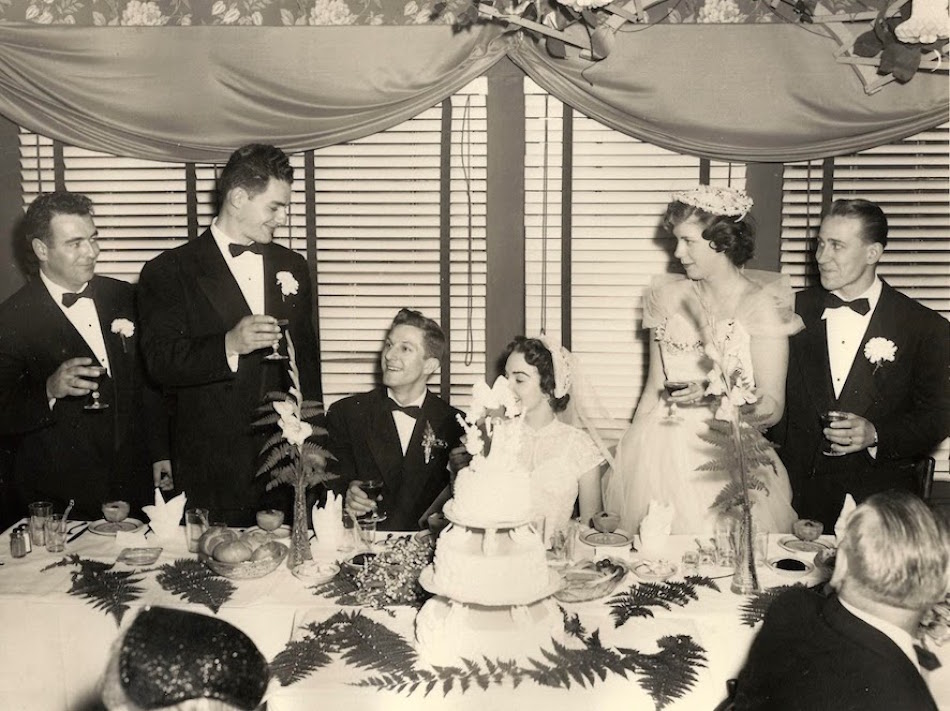
Obviously, most modern couples aren't so gift-oriented that they would stoop to such tactics, but apparently it was a big enough issue back in the day for Emily to issue this "word of warning":
To leave out old friends because they are neither rich nor fashionable and to include comparative strangers because they are of great social importance, not alone shows a want of loyalty and proper feeling, but is to invite the contempt of those very ones whom such snobbery seeks to propitiate.
2. The Groom's Family Should Never Pay A Single Cent For The Reception

Couples today have no qualm sharing the financial load of the wedding day between them (though perhaps with some help from both sides of the family), but Emily was steadfastly against the idea.
In fact, she lists this as the "one unalterable rule," saying further that "never under any circumstances should a wedding reception be given at the house of the groom’s family."
Instead, they can host celebratory balls and other celebrations leading up to the big day, but not the reception itself.
3. The Bride Should Use A Stand-In At Rehearsal

Although Emily explains that the bride is in charge of the whole ordeal, she also claims that the future missus should never actually take part in it herself. Instead, she should use a "pseudo-bride" to go through the motions in her place.
She says this role can be filled by "anyone who happens to be present" and is supposed to ward off bad luck.
4. The Best Man Should Have The Busiest Job
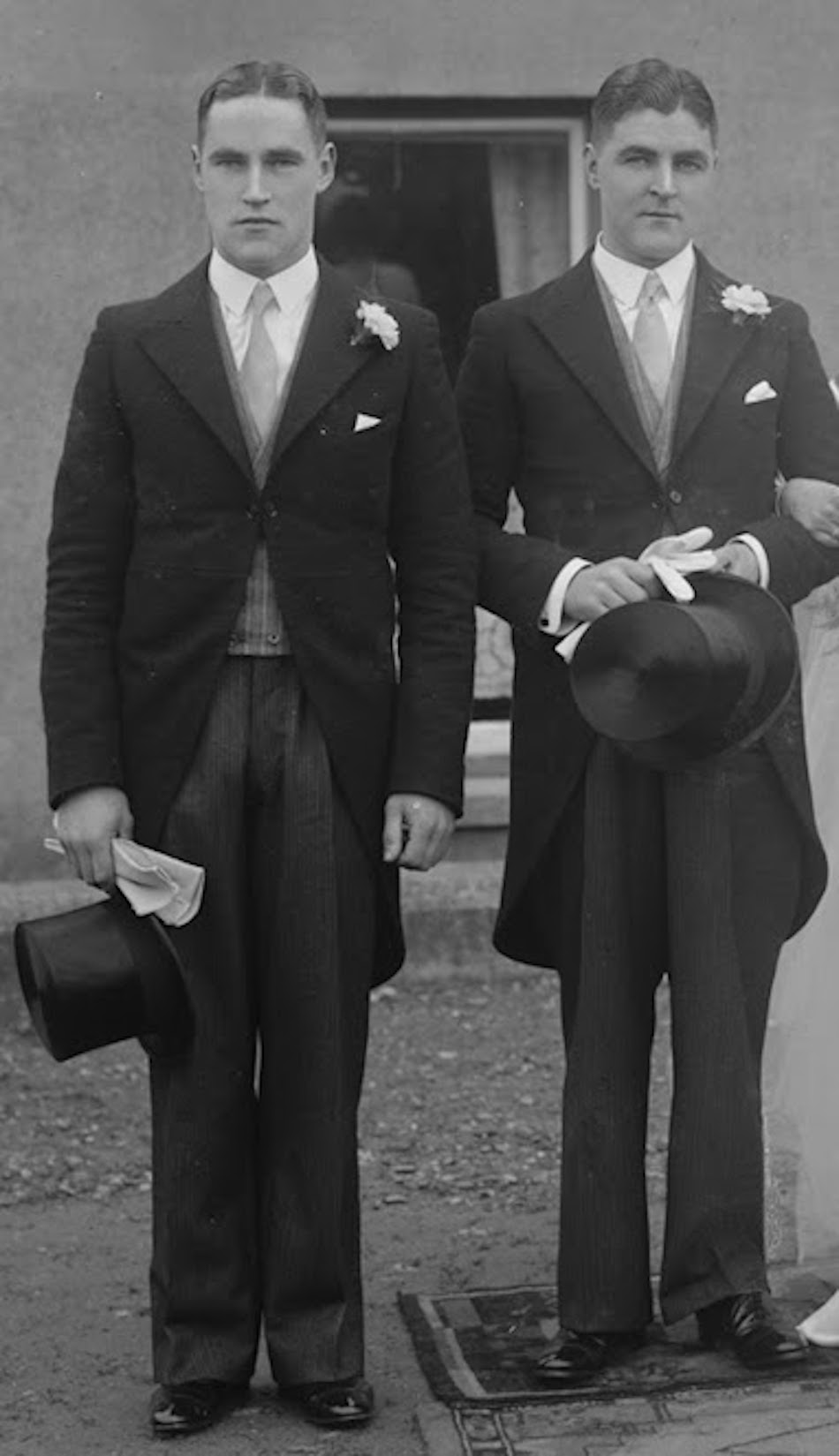
She claims the best man's role as the most difficult on the day-of, describing them as a "cross between trained nurse, valet, general manager and keeper."
According to her, this means that his job entails keeping his "patient" (the groom) from getting too nervous by "jolly[ing] him along as best he can" while simultaneously delivering the bride and groom's luggage to wherever they will be spending their first night as husband and wife. Of course, he should also check them in on their behalf.
"If he is very thoughtful, he may himself put flowers about the rooms," Emily wrote. Could you imagine a best man going this above and beyond today?
5. The Procession Should Be As Precise As Military Marches
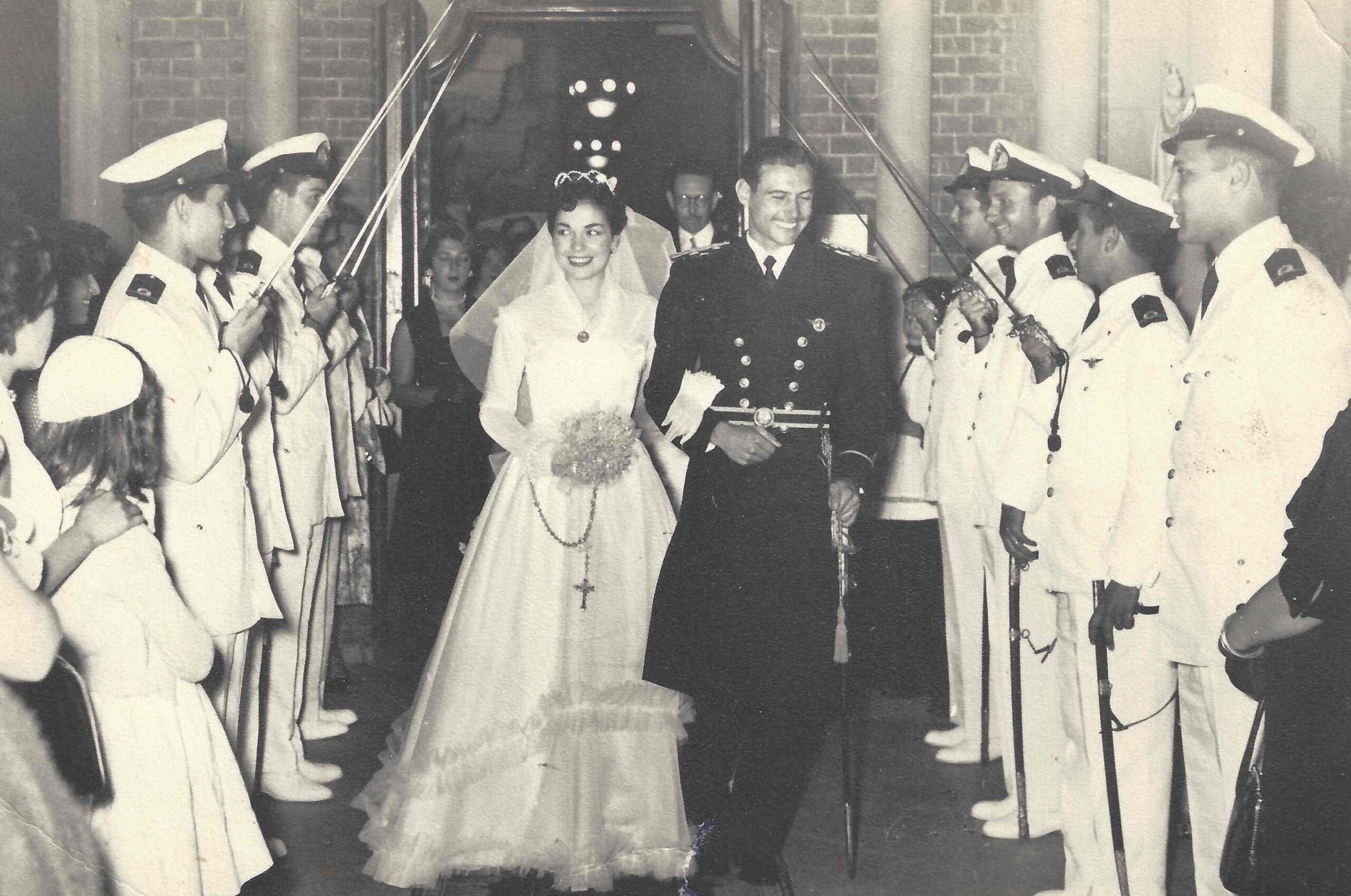
To avoid wedding parties that "bop up and down like something boiling in a pan" as they make their way down the aisle, she recommends taking the time and attention to drill the members of the procession to move in perfect step like those in the military, "rising and falling in a block or unit."
She claims that with practice, "this is not difficult."
6. Bridesmaids Are To Match Each Other Precisely
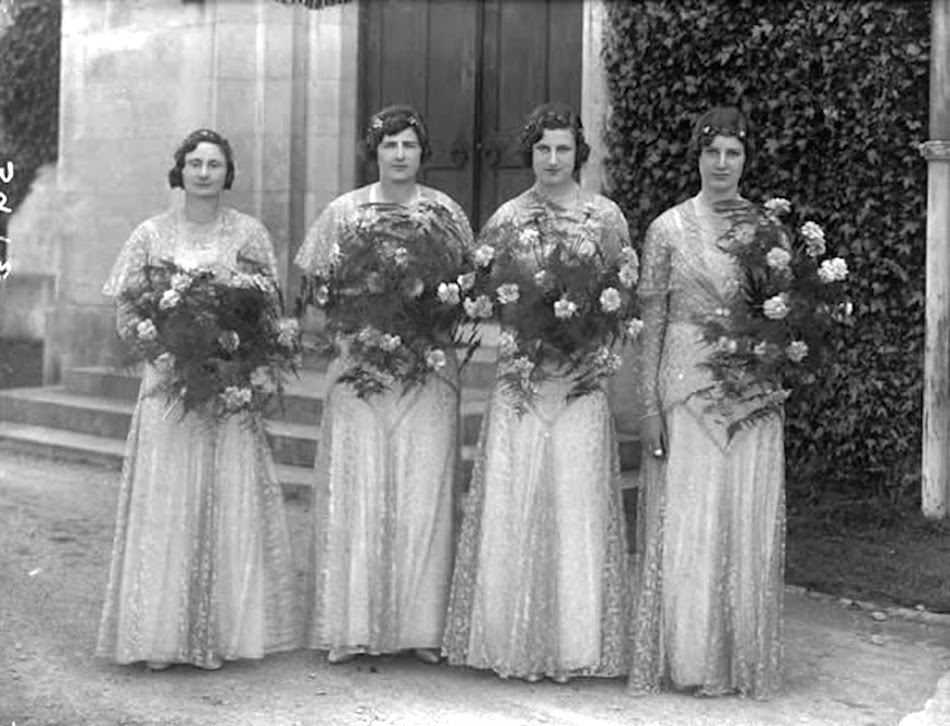
Although the color between each of the ladies can vary, Emily's rules state that the texture and model must be exact replicas of the same design.
She also says that the bride makes the selection of dress "without considering or even consulting them as to their taste or preference." The bride also doesn't need to pay a nickel toward the cost — all of which speaks to why this particular wedding tradition fell out of style, as bridesmaids became brides themselves and remembered how they were treated.
7. The Best Man Should Be Dressed Exactly Like The Groom
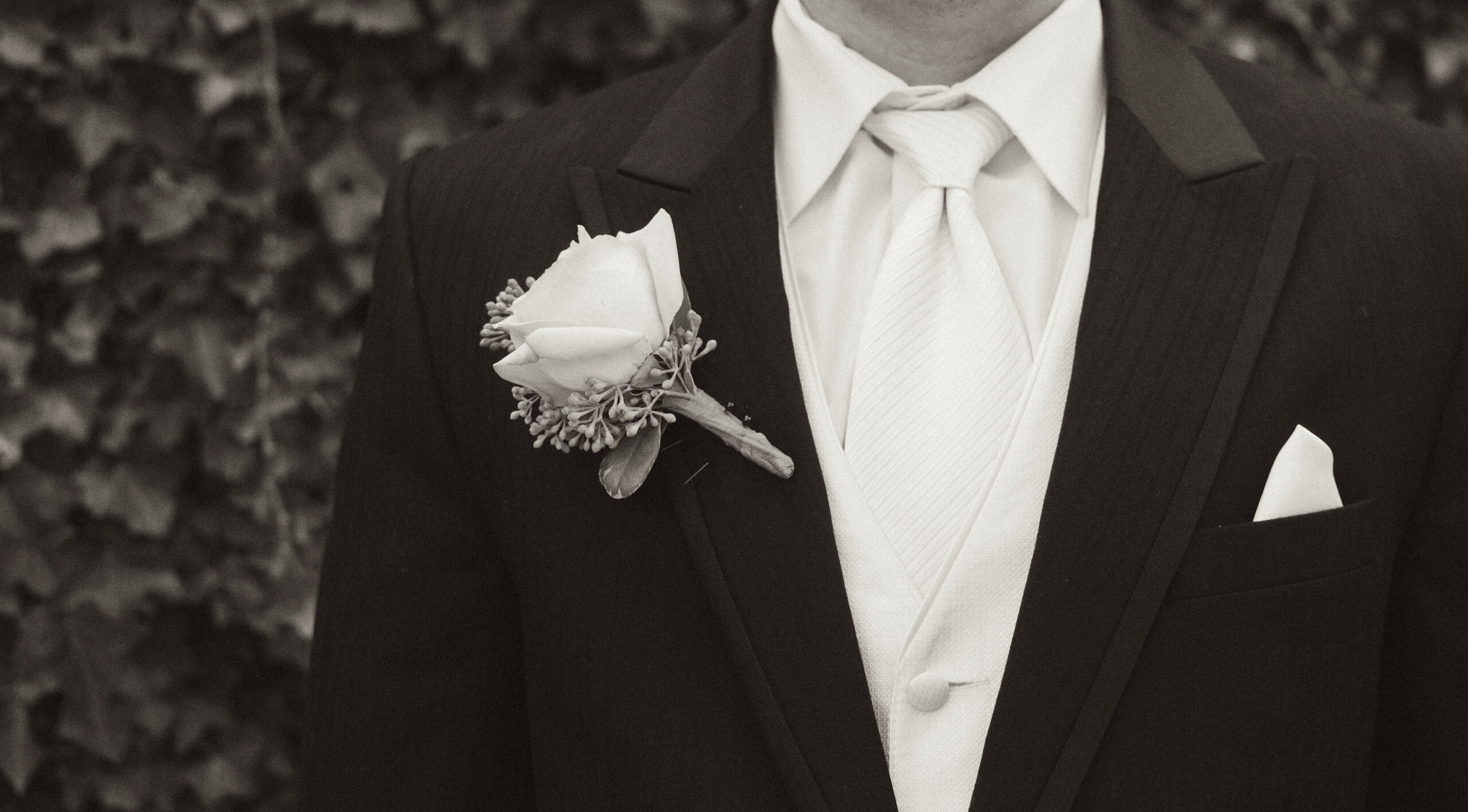
At most weddings you attend these days, the groom and best man are at least wearing different ties. Not so back in Emily's time, however, when she describes the two men as matching with the exact same ties.
The exception she allows to set the soon-to-be-husband apart: a slightly larger boutonnière that is just a tad more elaborate than his best buddy's.
The ushers dress like the groom as well, but usually with a different tie and sometimes a white waistcoat.
8. Bridesmaids Are Not To Walk With Groomsmen
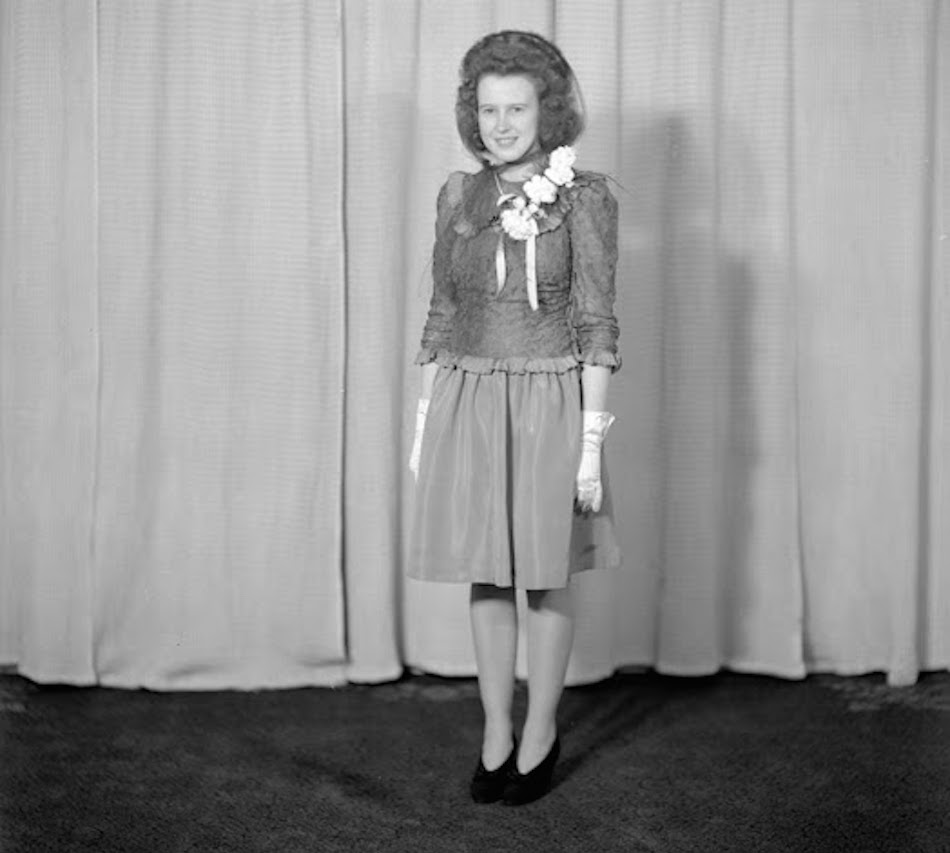
Emily demands that this common practice for today's weddings be avoided at all costs, claiming that it "gives the impression of a double wedding and spoils the picture."
9. The Bride Should Arrive Late For The Ceremony
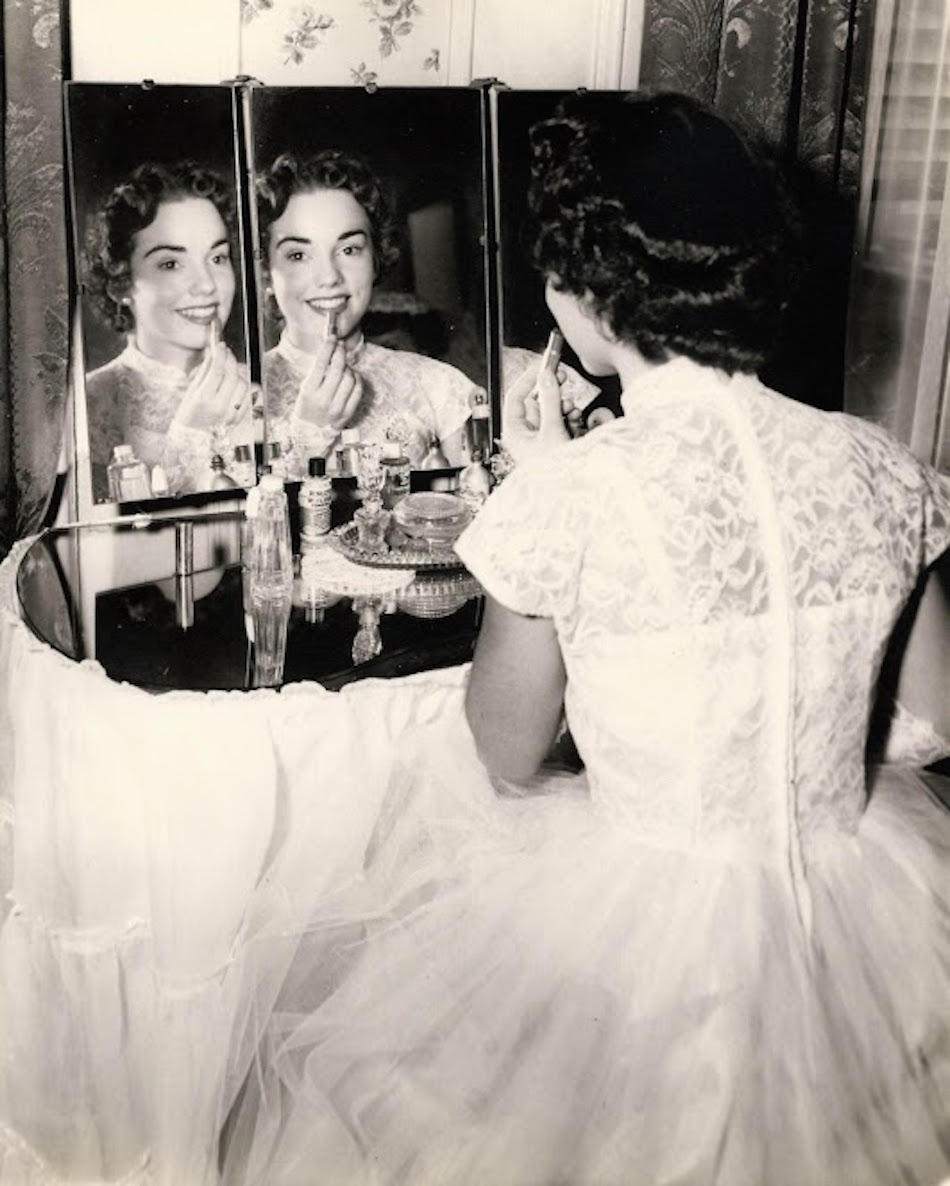
For the "perfectly managed wedding," Emily claims a bride should arrive one minute after the hour in order to give the latecomers a chance to find their place before her march begins.
10. The Best Man Should Have A Spare Ring
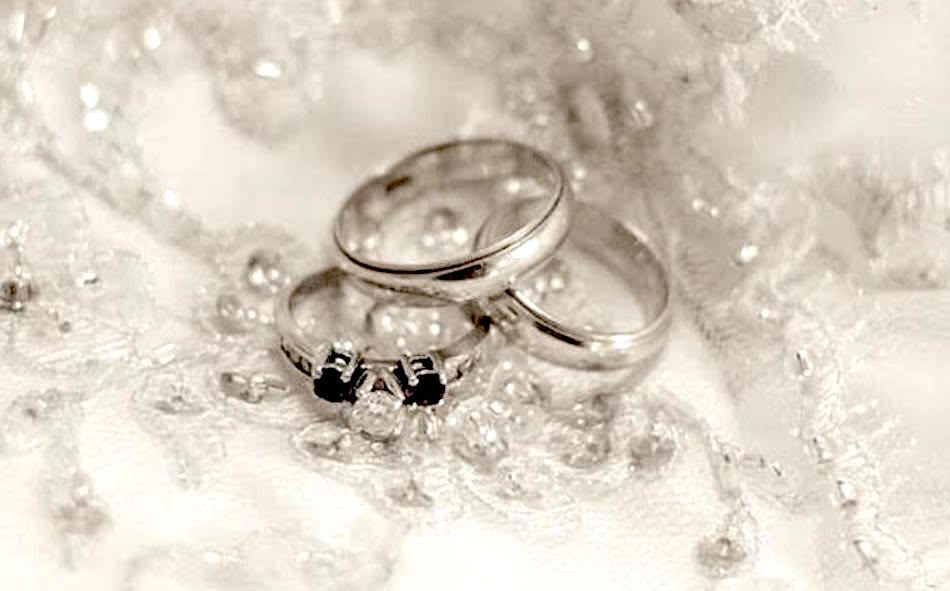
She recommends this for the "very careful best man" in case an unfortunate butterfingers causes the original ring to slip away from the groom during the ceremony.
Rather than bending over to retrieve it, he should simply have another one readily at hand.
11. Guests Should Keep Their PDA To A Minimum
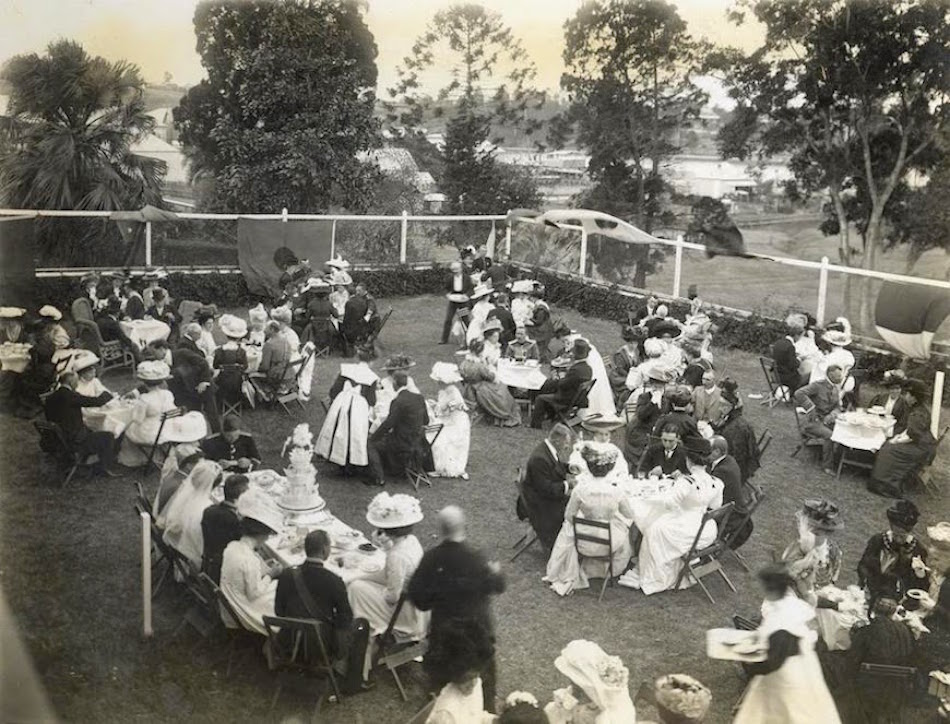
Since the day is all about the love between the bride and groom, Emily writes "it cannot be too much emphasized that promiscuous kissing among the guests is an offense against good taste."
12. The Bride's Money Is To Be Banned From The Honeymoon

In the same way she forbade the bride from allowing her groom or his family from chipping in for the reception, Emily wrote that "it is unthinkable for the bride to defray the least fraction of the cost of the wedding journey."
13. Widows Should Not Have Bridesmaids When Remarrying
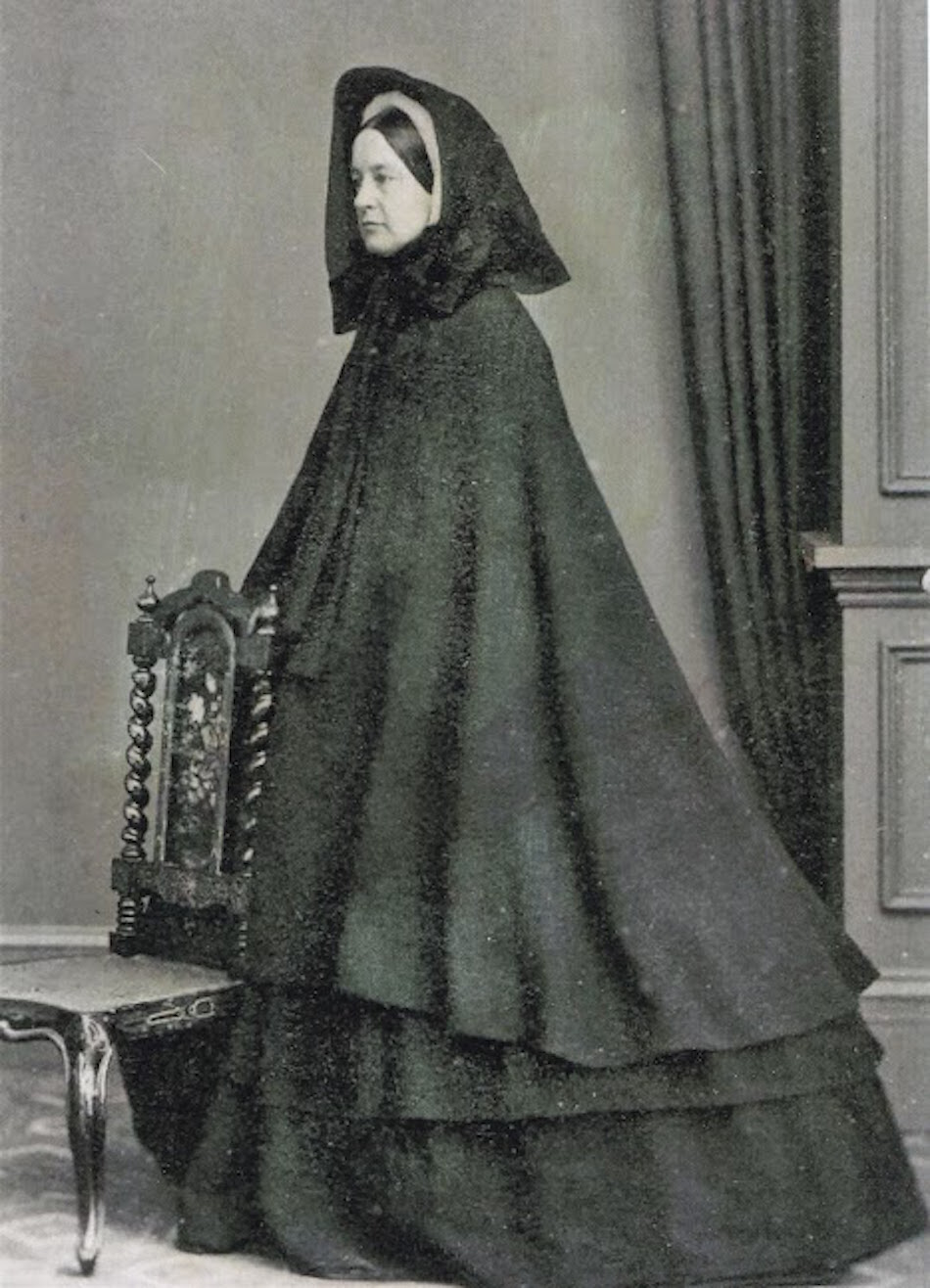
They're less necessary since, according to Emily, she won't be bothered to wear a dress with a long train — and it of course most certainly won't be white, or feature orange blossoms on it, as those are emblems of virginity.
Instead, they should don a "traveling dress" or other more casual design. She should also keep the ceremony small since her bare procession will do little to impress any guests — that is, unless "she is beautiful enough to compensate for all that is missing."
Were you surprised by any of the strict rules Emily Post listed for a wedding day? Be sure to SHARE them all with your friends on Facebook!




